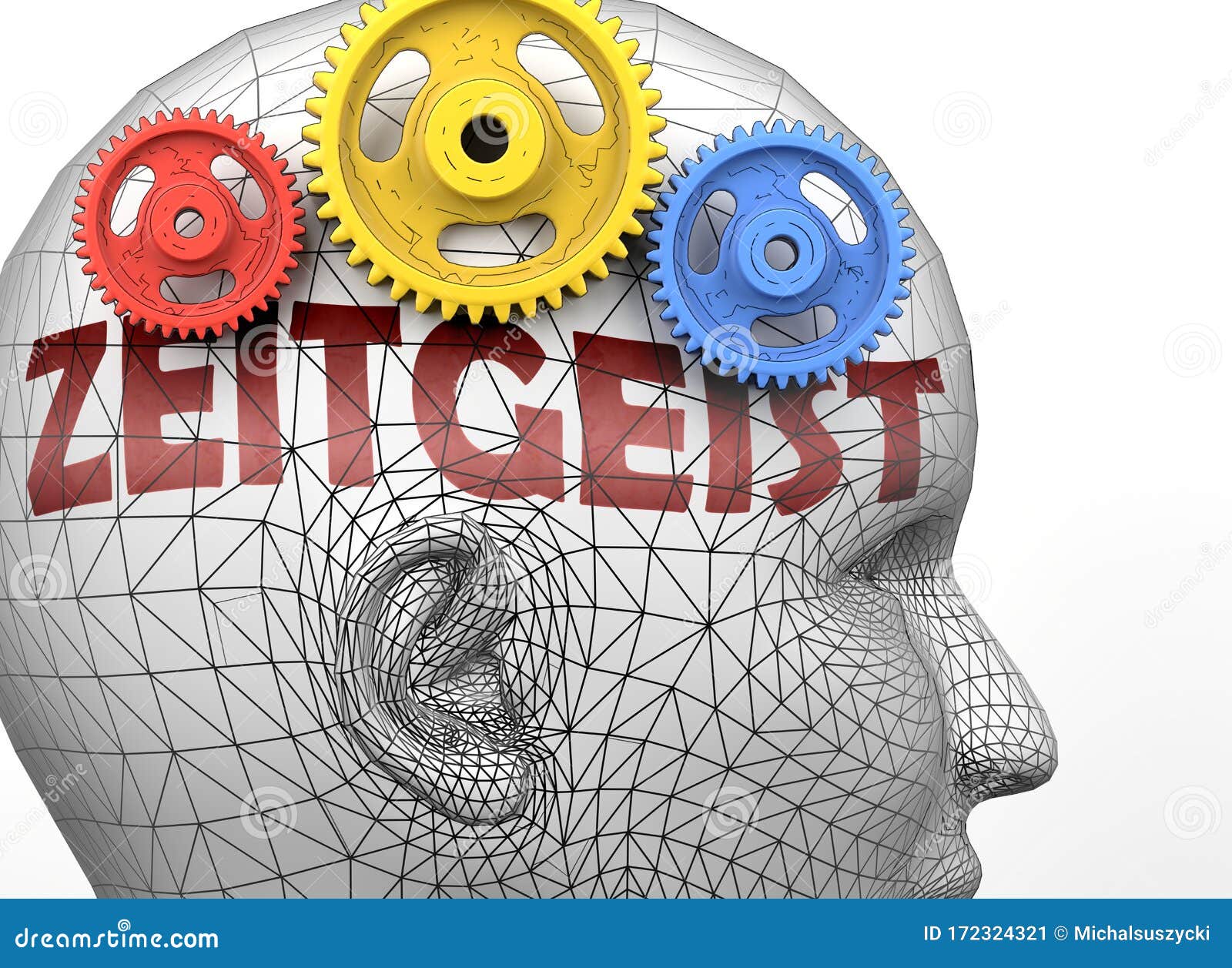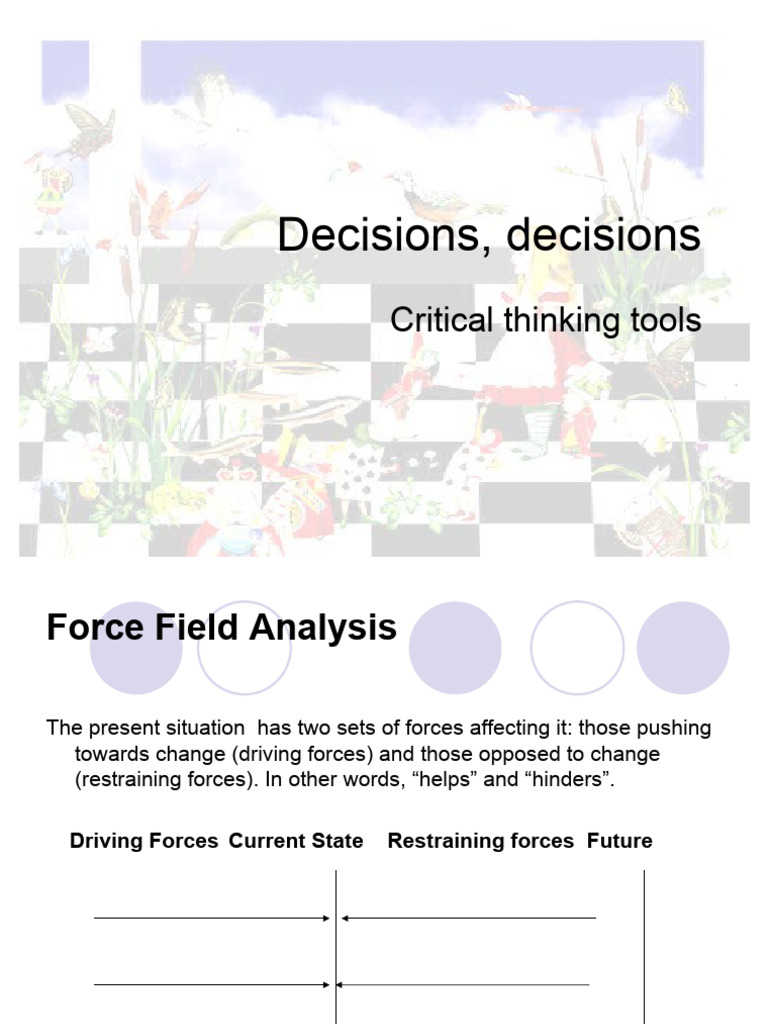Understanding the nuances of Zeitgeist films requires a combination of historical context, cultural awareness, and critical thinking tools. These films, which reflect the spirit of their time, offer a unique window into the societal values, anxieties, and aspirations of their era. To fully appreciate and analyze these cinematic artifacts, one must employ a range of critical thinking strategies that facilitate a deeper understanding of their themes, characters, and narrative structures.
Historical Context: Setting the Stage
Zeitgeist films are deeply rooted in the historical context of their production. The societal, political, and economic conditions of the time influence the themes, plotlines, and character developments in these movies. For instance, films produced during the Cold War era often reflected the fears and paranoia of the period, with themes of espionage, nuclear war, and the struggle between ideologies being prevalent. Understanding the historical backdrop against which a film was made is crucial for grasping its underlying messages and the filmmaker’s intentions.
Cultural Awareness: Decoding Symbols and Themes
Cultural awareness is another critical tool for analyzing Zeitgeist films. These movies often incorporate cultural symbols, references, and themes that were relevant to their audience at the time of release. For example, the use of jazz music in films from the 1950s and 1960s can symbolize rebellion, freedom, and the evolving social norms of the period. Recognizing and interpreting these cultural elements requires a nuanced understanding of the cultural landscape of the era, including its music, literature, art, and social movements.
Character Analysis: Reflecting Societal Roles
Characters in Zeitgeist films frequently represent societal roles or archetypes of their time. Analyzing these characters through the lens of critical thinking involves examining how they embody, challenge, or reinforce the prevailing attitudes and values of their era. For instance, the portrayal of women in films from the 1940s and 1950s often reflected the patriarchal norms of the time, with female characters typically depicted in domestic roles. However, some films from this period also presented strong, independent female characters who challenged these societal expectations, offering a glimpse into the evolving roles of women in society.
Narrative Structure: Unpacking Storytelling Techniques
The narrative structure of Zeitgeist films is another area ripe for critical analysis. Filmmakers use various storytelling techniques to engage their audience and convey their message. These can include non-linear storytelling, symbolism, and the use of genre conventions to subvert audience expectations. For example, the French New Wave movement of the 1960s employed innovative narrative structures and camera techniques to reflect the disillusionment and social upheaval of the time. Understanding these storytelling techniques and how they contribute to the film’s themes and impact is essential for a comprehensive analysis.
Critical Thinking Exercises: Applying Analytical Skills
To develop a deeper understanding of Zeitgeist films, viewers can engage in several critical thinking exercises: - Identify and Challenge Assumptions: Recognize the assumptions underlying the film’s narrative and characters. Challenge these assumptions by considering alternative perspectives and questioning the filmmaker’s intentions. - Analyze Evidence: Evaluate the evidence presented in the film that supports or challenges the prevailing themes and messages. This involves examining the plot, character development, dialogue, and cinematography. - Consider Multiple Perspectives: Approach the film from different viewpoints, including those of the filmmaker, the characters, and the audience of the time. This helps in understanding the complex societal and cultural contexts in which the film was created and received. - Evaluate Arguments: Assess the arguments or themes presented in the film. Evaluate their strengths and weaknesses, and consider how effectively they are communicated through the narrative and characters.
Conclusion: Zeitgeist Films as Reflections of Society
Zeitgeist films serve as powerful reflections of the societal, cultural, and historical contexts in which they were made. By employing critical thinking tools such as understanding historical context, cultural awareness, character analysis, and narrative structure analysis, viewers can unpack the complex themes and messages embedded in these films. Moreover, engaging in critical thinking exercises like identifying assumptions, analyzing evidence, considering multiple perspectives, and evaluating arguments further enhances the appreciation and understanding of these cinematic works. As reflections of their time, Zeitgeist films offer a unique lens through which to examine the past, understand the present, and contemplate the future.
What is the significance of understanding the historical context of Zeitgeist films?
+Understanding the historical context of Zeitgeist films is crucial because it influences the themes, plotlines, and character developments in these movies, providing a window into the societal values, anxieties, and aspirations of their era.
How does cultural awareness contribute to the analysis of Zeitgeist films?
+Cultural awareness is vital for decoding the cultural symbols, references, and themes that were relevant to the audience at the time of the film's release, offering insights into the societal norms, values, and challenges of the period.
What role does character analysis play in understanding Zeitgeist films?
+Character analysis is essential as characters in Zeitgeist films often represent societal roles or archetypes of their time, embodying, challenging, or reinforcing the prevailing attitudes and values of their era, thus providing a lens through which to examine societal dynamics.
Zeitgeist films not only reflect the spirit of their time but also influence societal attitudes and cultural narratives. By critically analyzing these films, viewers can gain a deeper understanding of the past, enhance their cultural awareness, and develop a more nuanced perspective on the present and future.
Steps to Analyze Zeitgeist Films Critically

- Research the Historical Context: Understand the societal, political, and economic conditions of the time the film was made.
- Analyze Cultural Elements: Identify and interpret cultural symbols, references, and themes within the film.
- Examine Character Roles: Analyze how characters reflect or challenge societal norms and values.
- Evaluate Narrative Structure: Consider how storytelling techniques contribute to the film’s themes and impact.
- Practice Critical Thinking: Engage in exercises such as identifying assumptions, analyzing evidence, considering multiple perspectives, and evaluating arguments.


